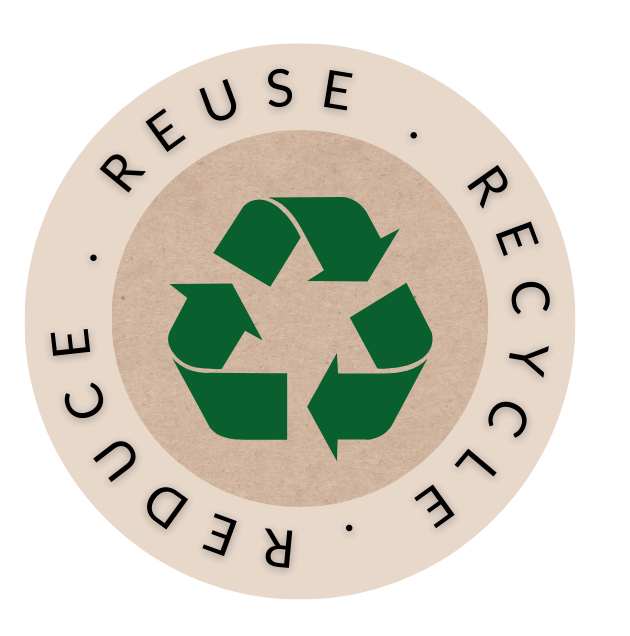
The environmental impact of pollution became more noticeable throughout the 1960s. In 1969, Wisconsin Senator, Gaylord Nelson, visited Santa Barbara, CA after a massive oil spill and saw the devastating aftermath to the environment. Inspired by the anti-war protests of the time, Nelson enlisted the help of activist, Denis Hayes, to help organize a movement to bring awareness to the growing environmental crises.
The work of Nelson and Hayes led to the first Earth Day where more than 20 million Americans gathered to peacefully protest environmental issues on April 22, 1970. This event kicked off sweeping changes to promote environmental regulations and encourage people to live more sustainably. The green efforts of the 1970s dubbed the time period the “environmental decade”.
Prior to 1970, very few regulations to protect the environment existed. Earth Day served as a catalyst to the establishment of the EPA (The United States Environmental Protection Agency), Clean Air Act, Clean Water Act, Endangered Species Act and the 2016 Paris Agreement, among many other green regulations.
The growing popularity of Earth Day extended to the whole month of April becoming Earth Month. Still held on April 22 each year, Earth Day is the largest day of action in the world.[1]
Ad campaigns such as “Keep America Beautiful” demonstrated the environmental impacts of littering and pollution to a larger audience in the 1970s.
 Earth Day spawned the rise of the three R’s slogan—Reduce, Reuse, Recycle. Starting in the early 1970s, the three R’s made its way into community and school curriculums to teach the importance of protecting the planet by employing the following practices:
Earth Day spawned the rise of the three R’s slogan—Reduce, Reuse, Recycle. Starting in the early 1970s, the three R’s made its way into community and school curriculums to teach the importance of protecting the planet by employing the following practices:
While these messages focused more on individual actions, more green practices among industries, such as manufacturing and construction, are needed to make a lasting change.
Sustainability, greenhouse gas emissions, carbon footprint and carbon neutrality are more than just buzzwords in industry now, but what do they mean?
According to the US EPA, the industrial sector is the third largest contributor to greenhouse gas emissions.
This means sustainability must be top of mind for these operations to slow global warming and other detrimental impacts to the earth.
Big actions from manufacturing companies are crucial to help combat climate change. A growing number of organizations are announcing long-term strategies for sustainability.
Here are some high-level steps many businesses are taking to operate more sustainably:[5]
 Engineering equipment to operate more sustainably
Engineering equipment to operate more sustainably
And it’s important for industries to communicate the steps they are taking to help promote sustainability.
Green is more than the color Sullair machines, it’s our whole attitude. Hitachi Global Air Power (HGAP) is thinking about sustainability at every step.
HGAP is taking action to combat climate change by finding ways to reduce CO2 emissions, transitioning to 100% renewable electricity through a voluntary green power program and implementing a voluntary carbon offset program.
Our largest manufacturing campus in Michigan City, IN achieved carbon neutral status in 2021 with all other global HGAP operations achieving the status in 2023. Our parent company, Hitachi, Ltd., has set a long-term environmental target to achieve carbon neutrality throughout its entire value chain by 2050.
Additionally, HGAP has employed circular economy practices via Sullair Certified REMAN for more than a decade.
We are thinking green in everything we do and hope you will do your part as well to help save our planet.
Use the checkboxes to select the types of cookies you want to accept, then press the “Save Settings” button. View our Privacy Policy.